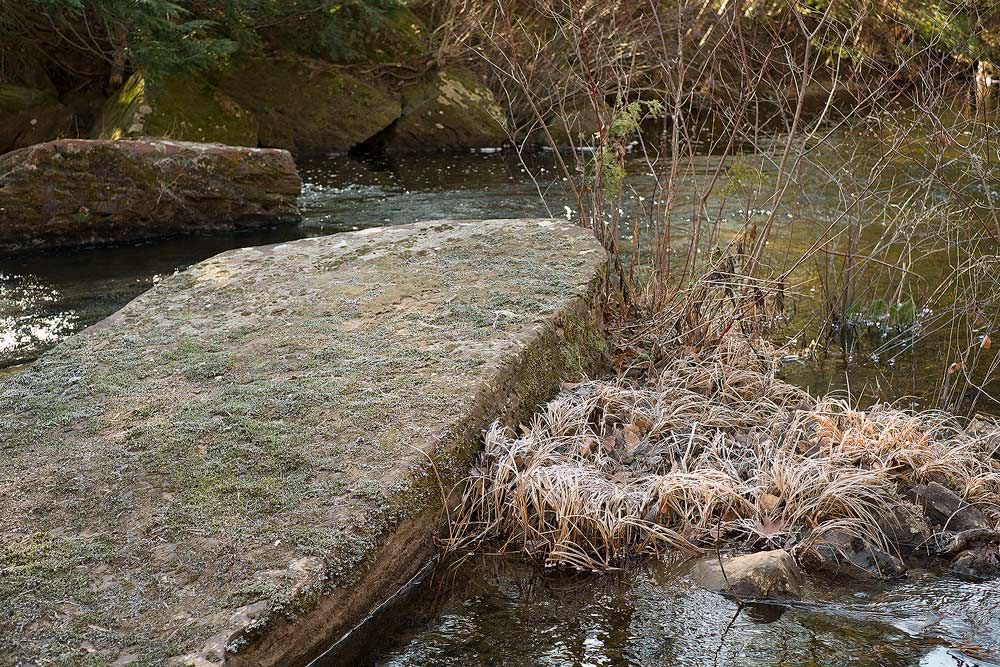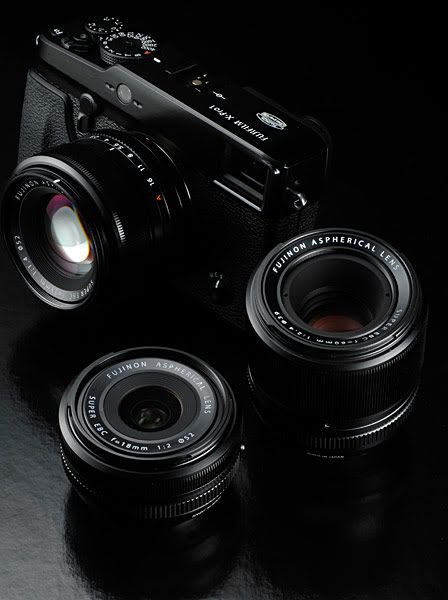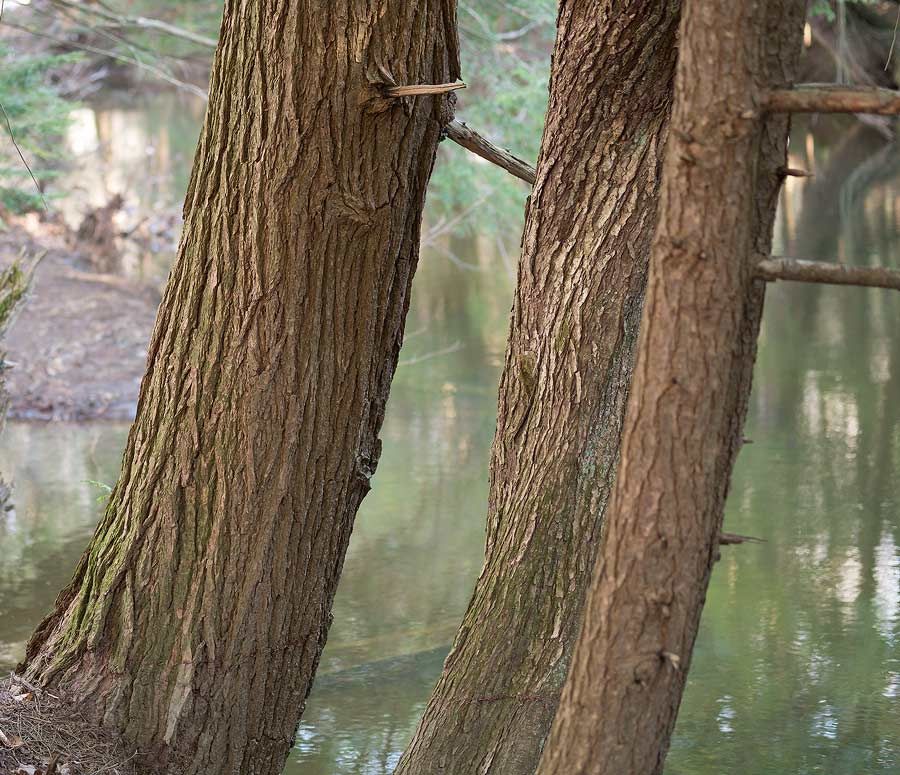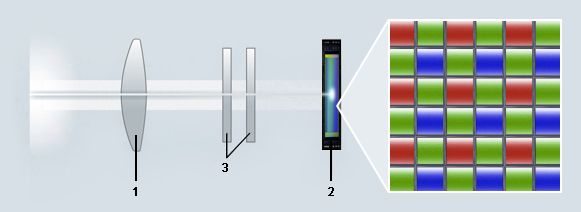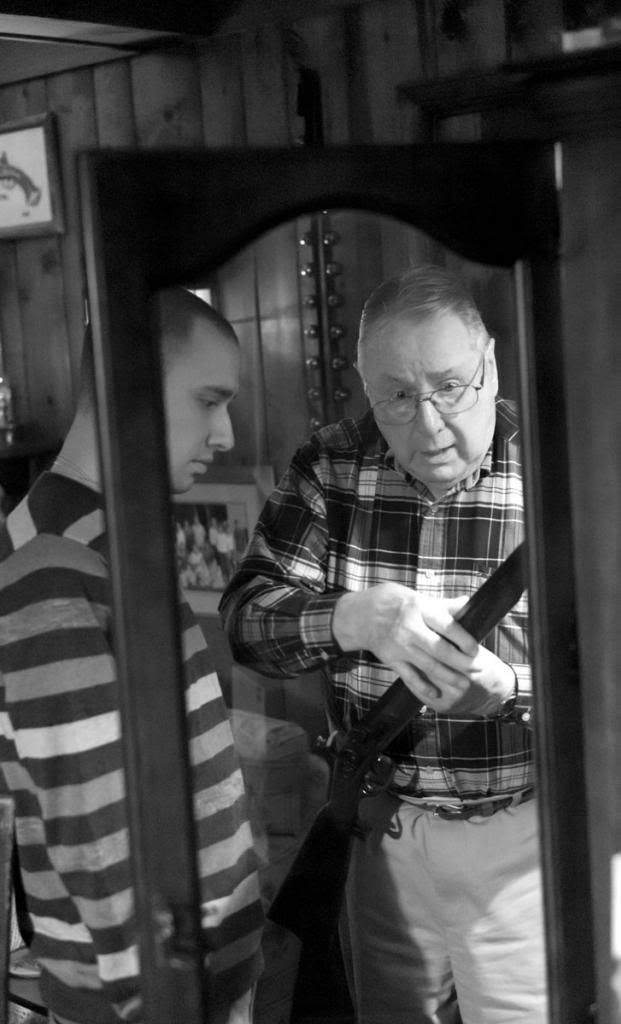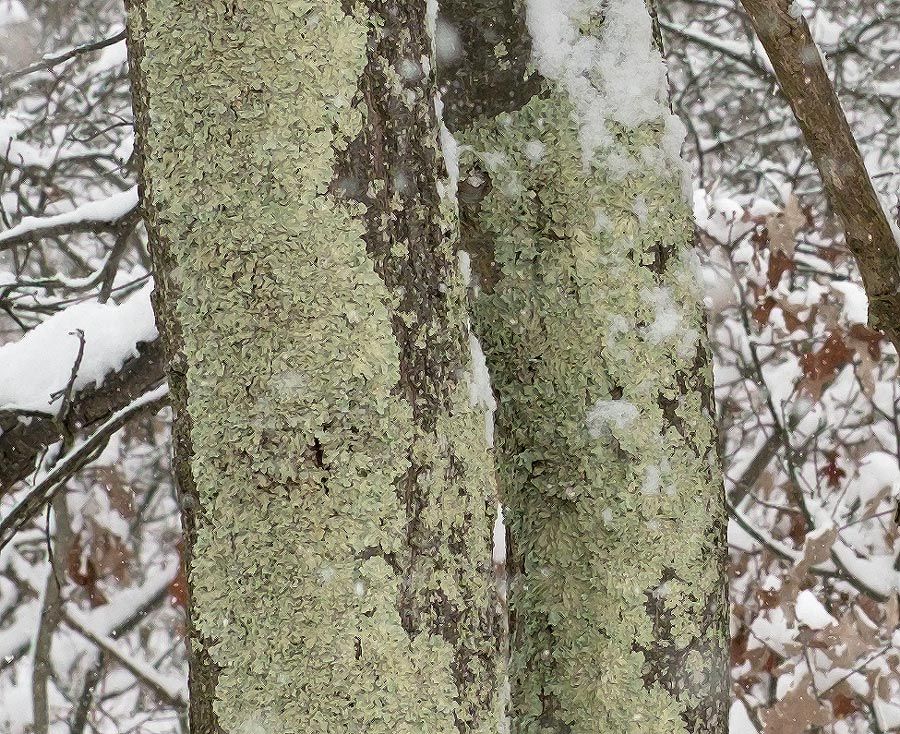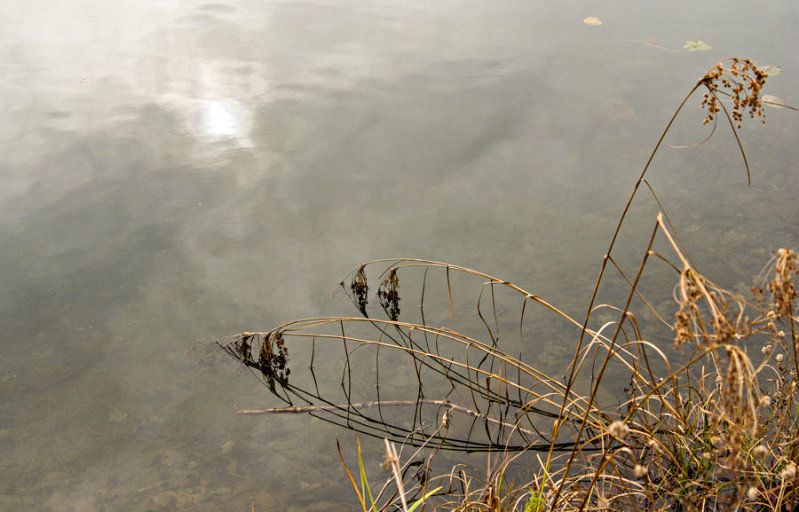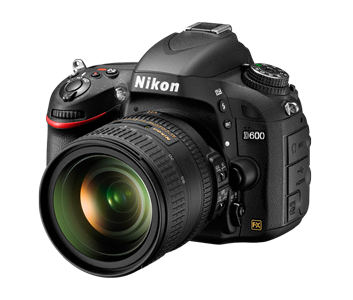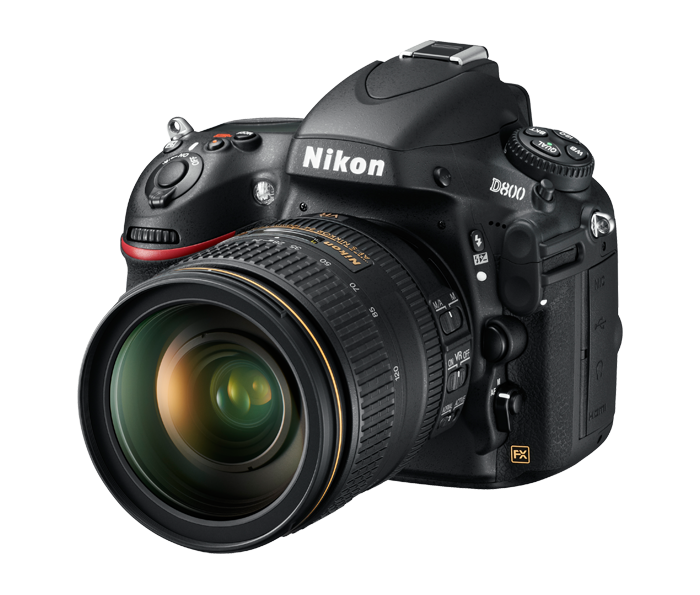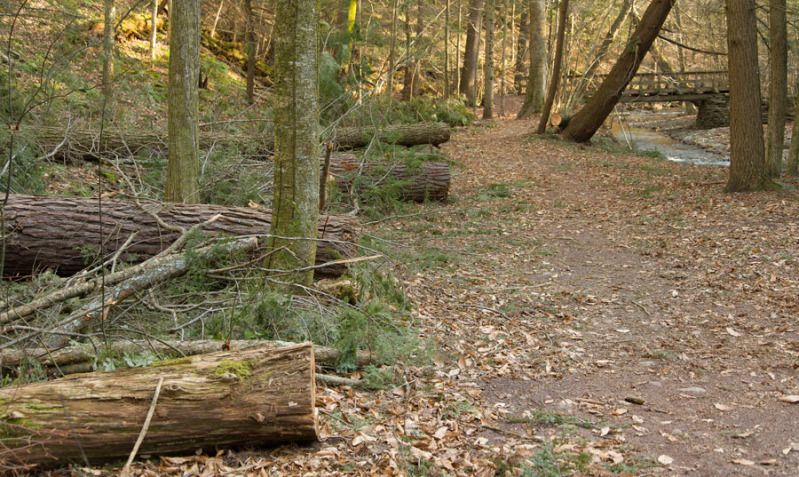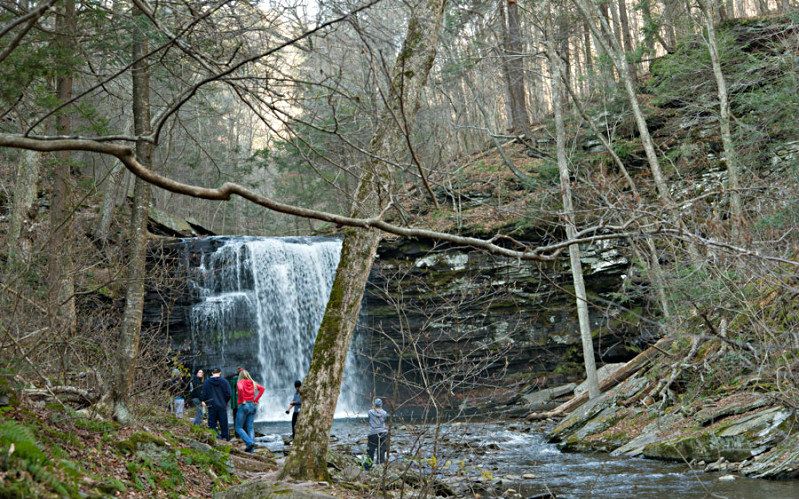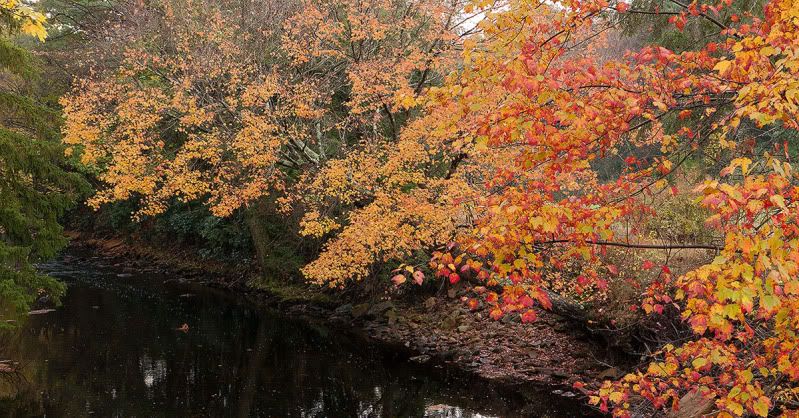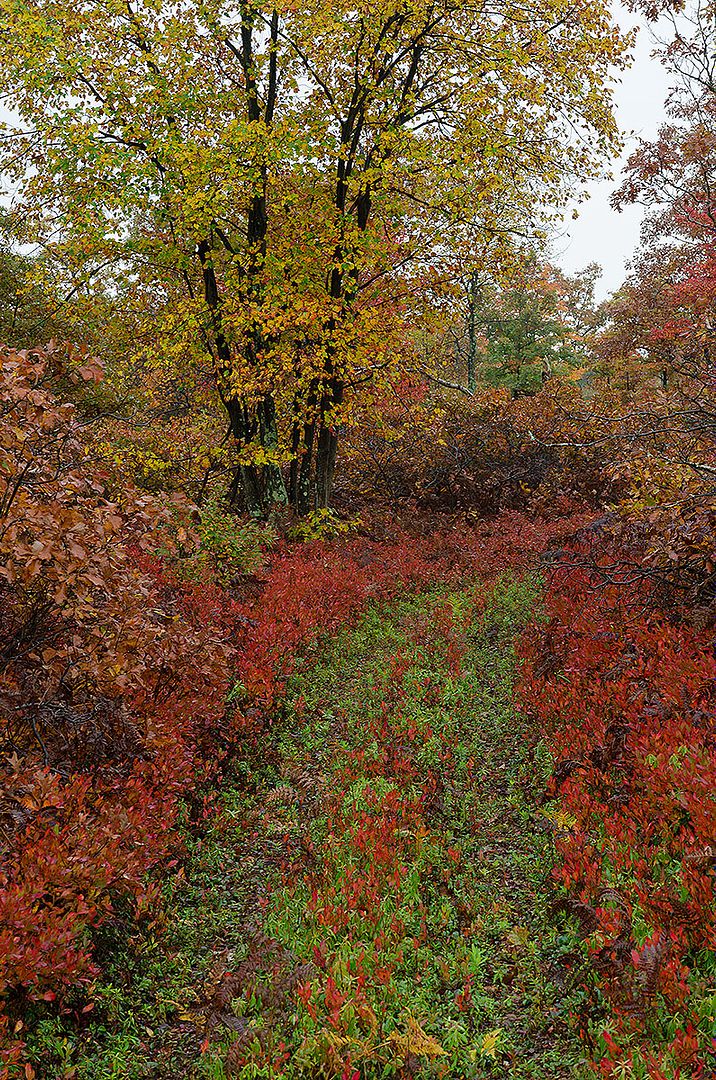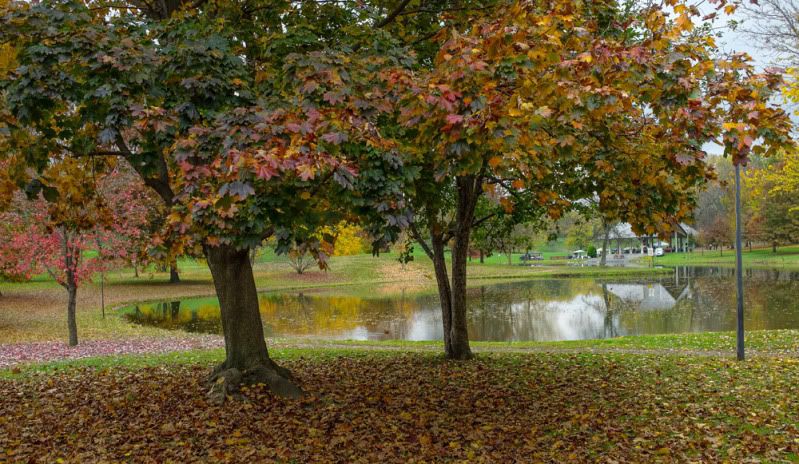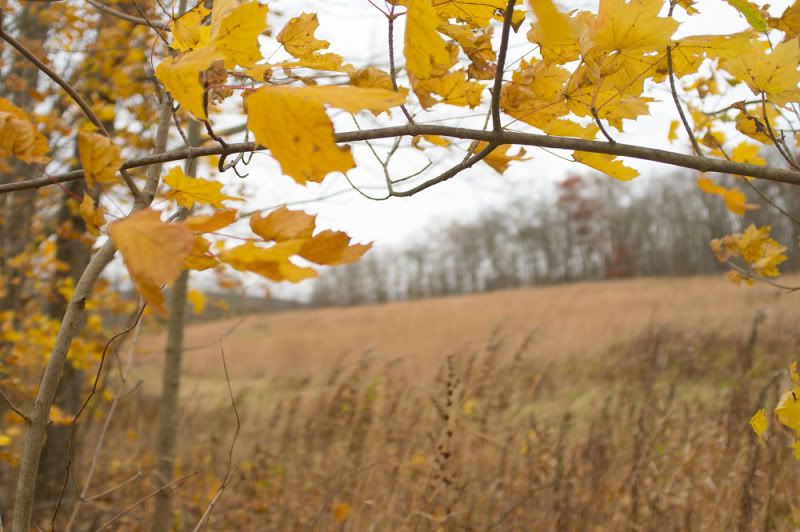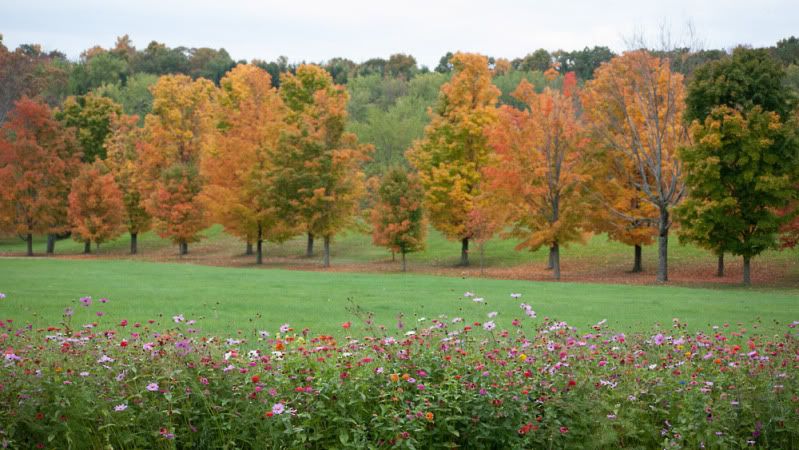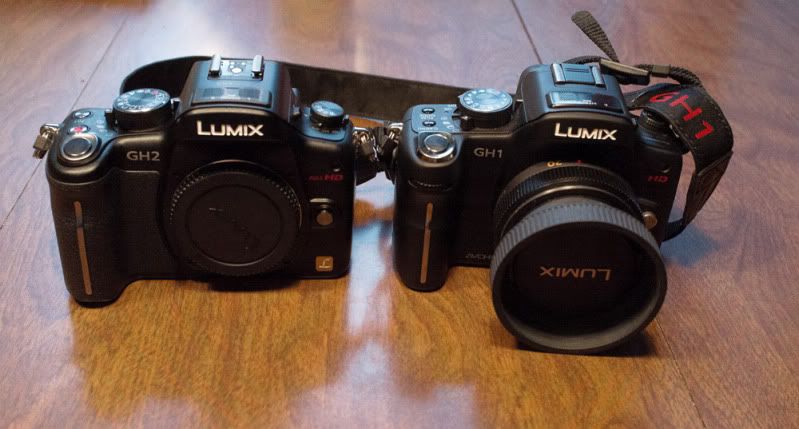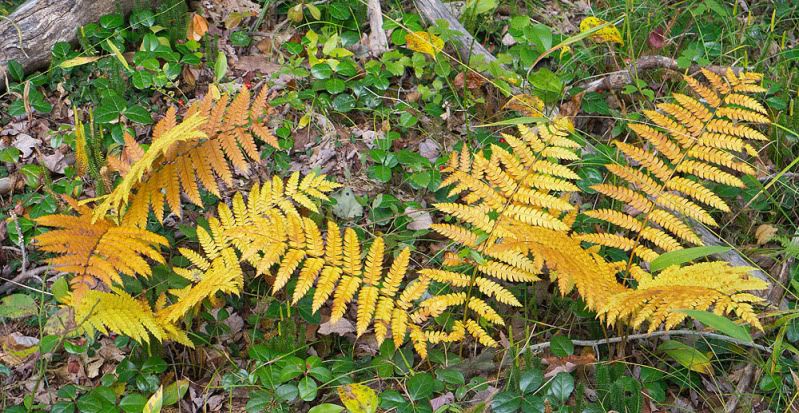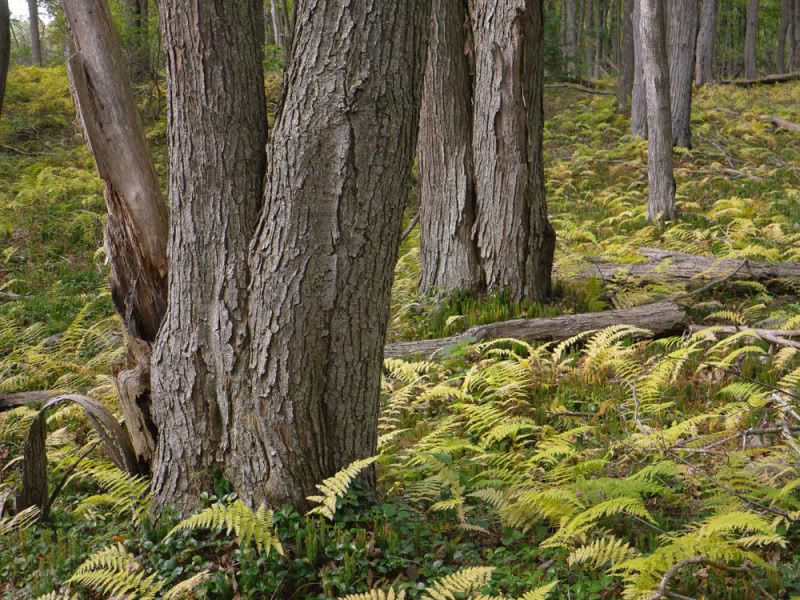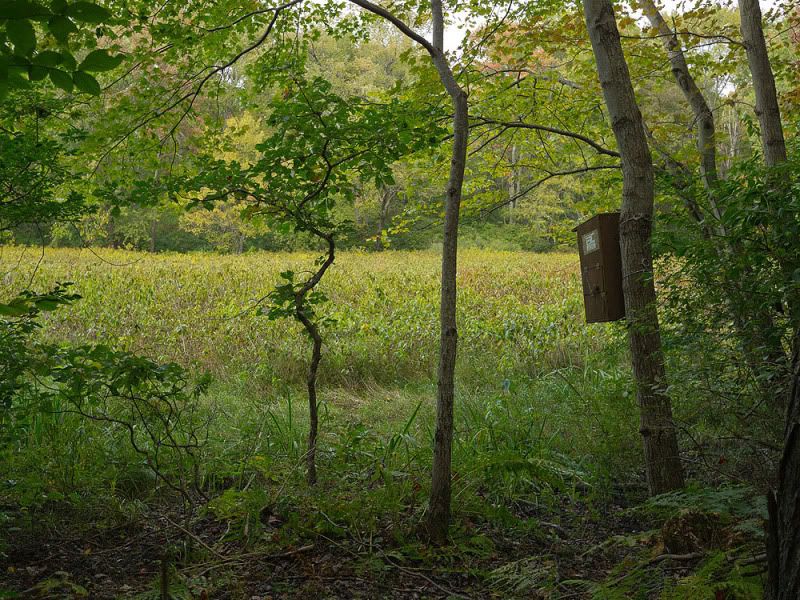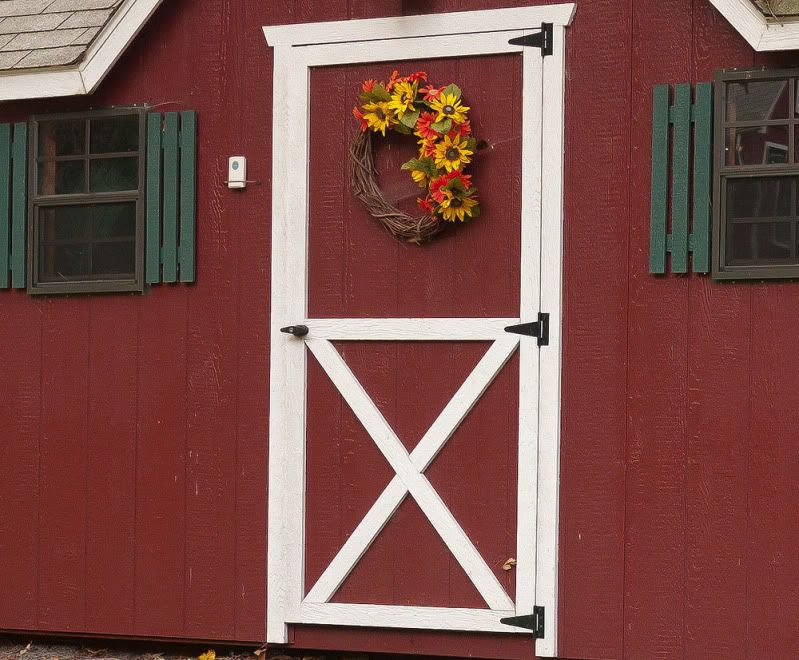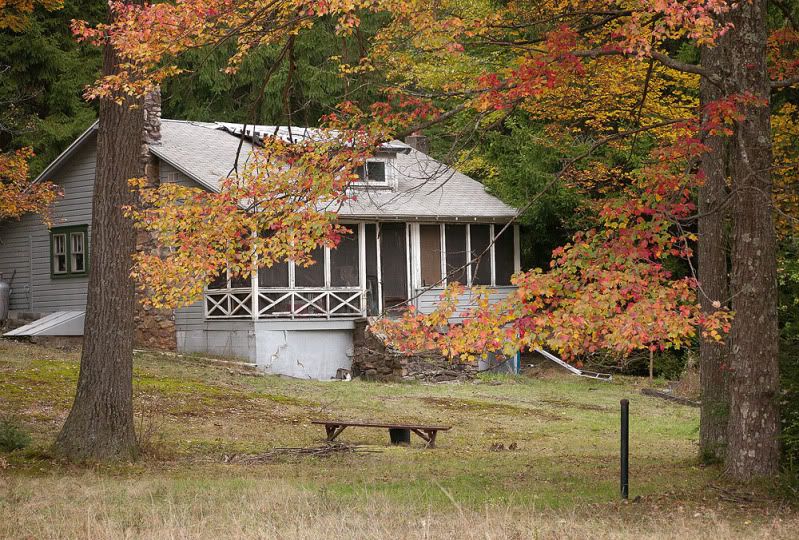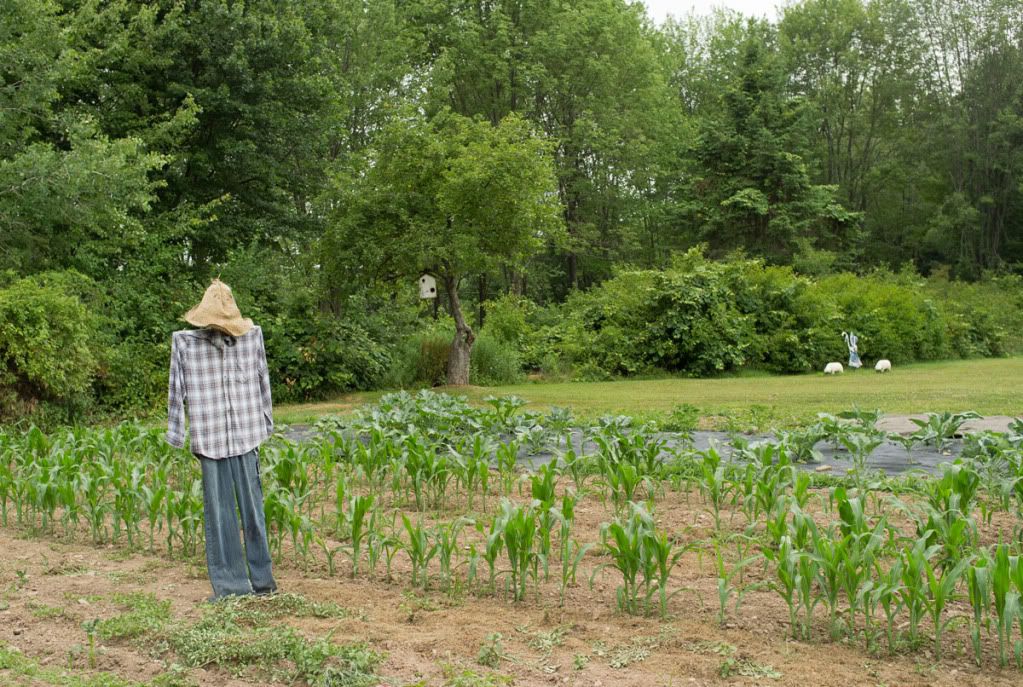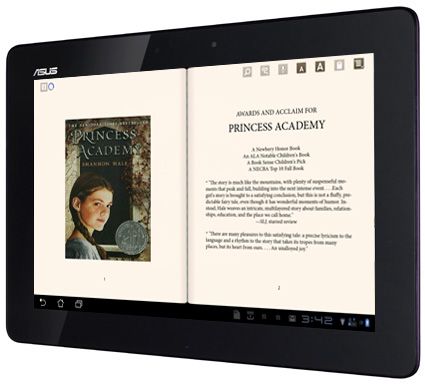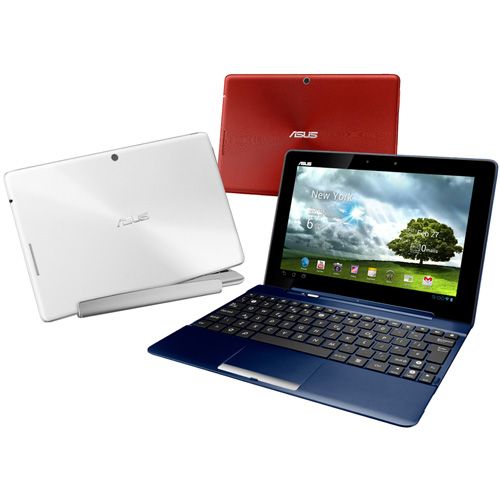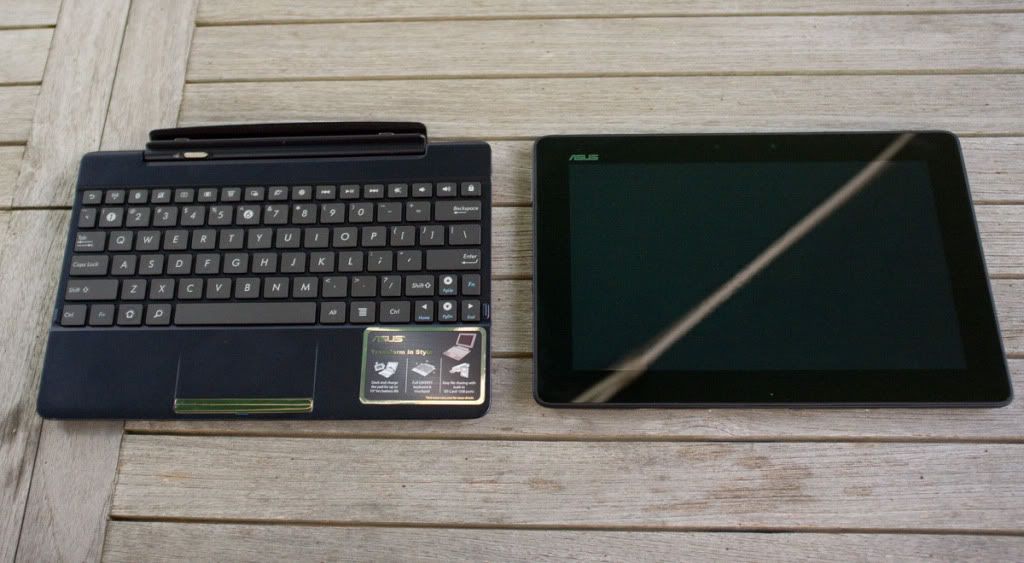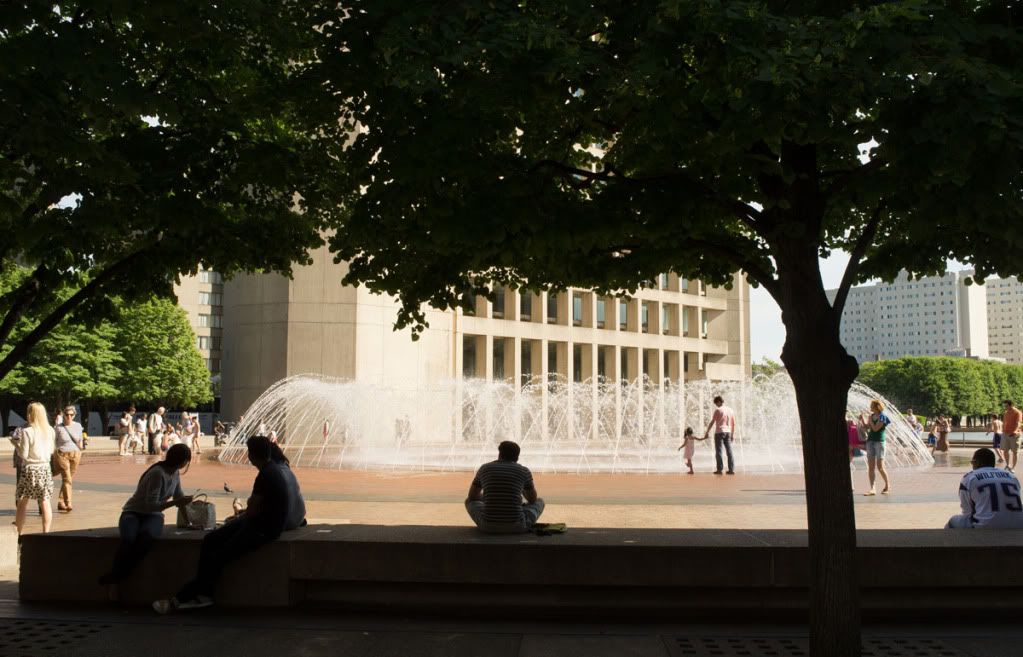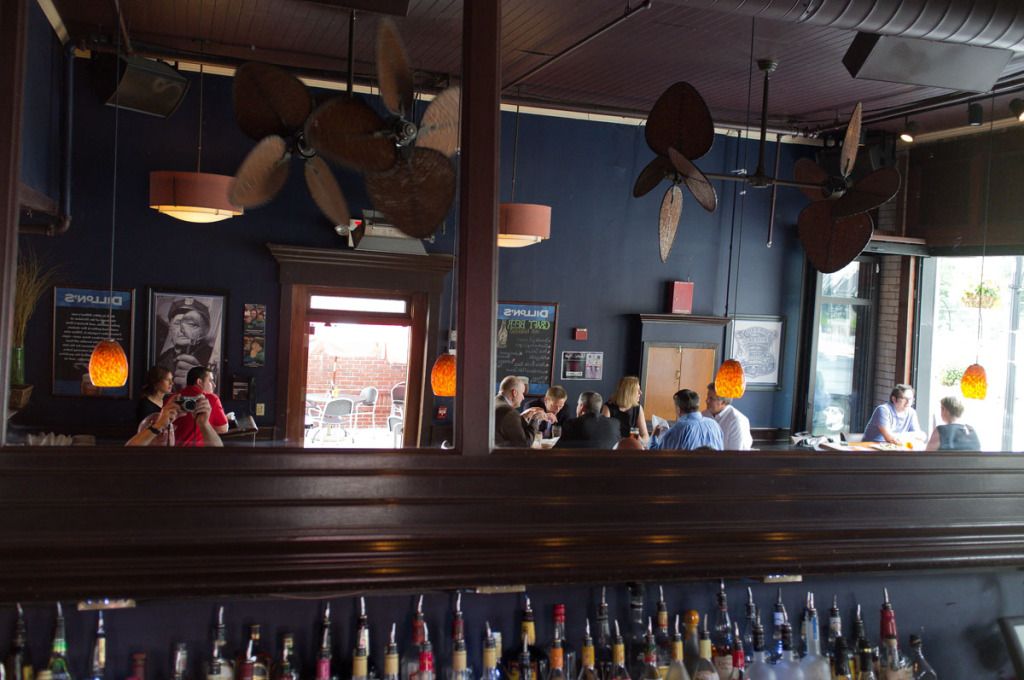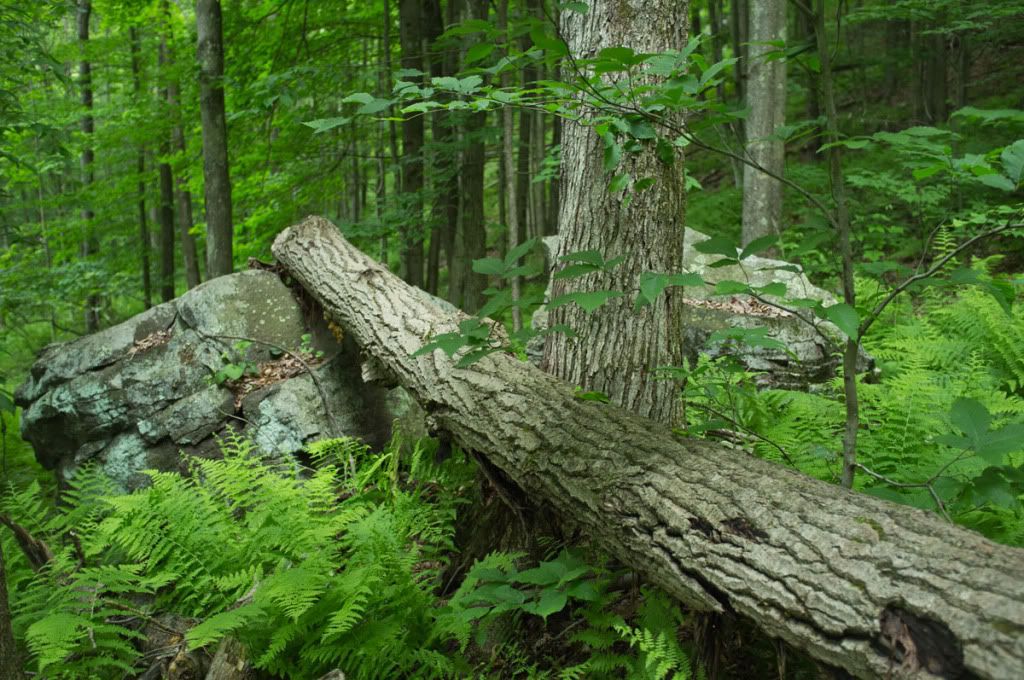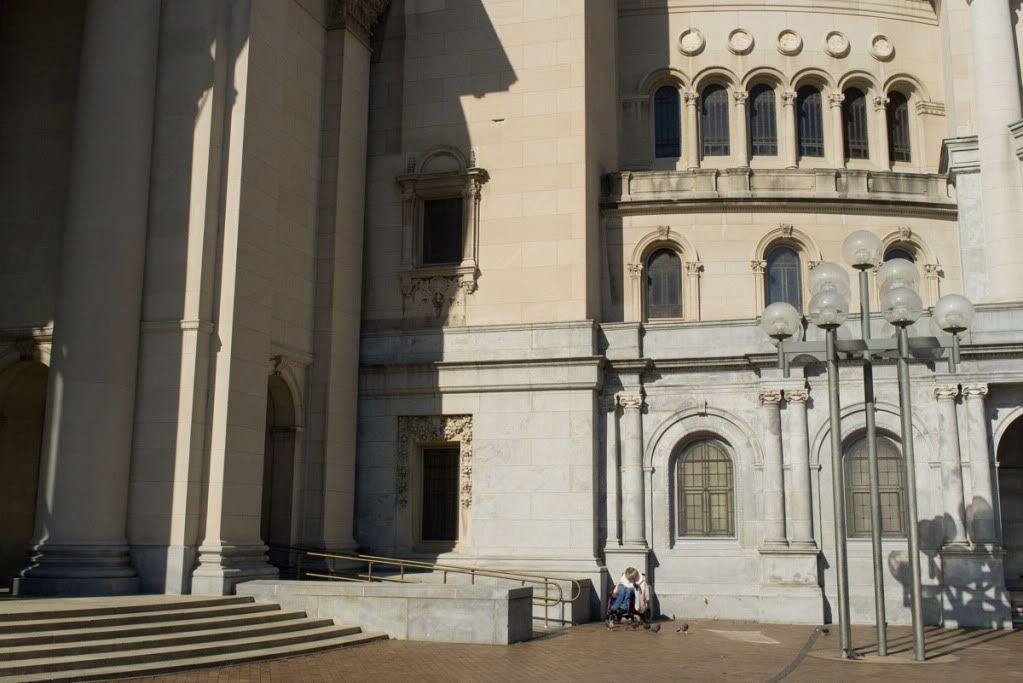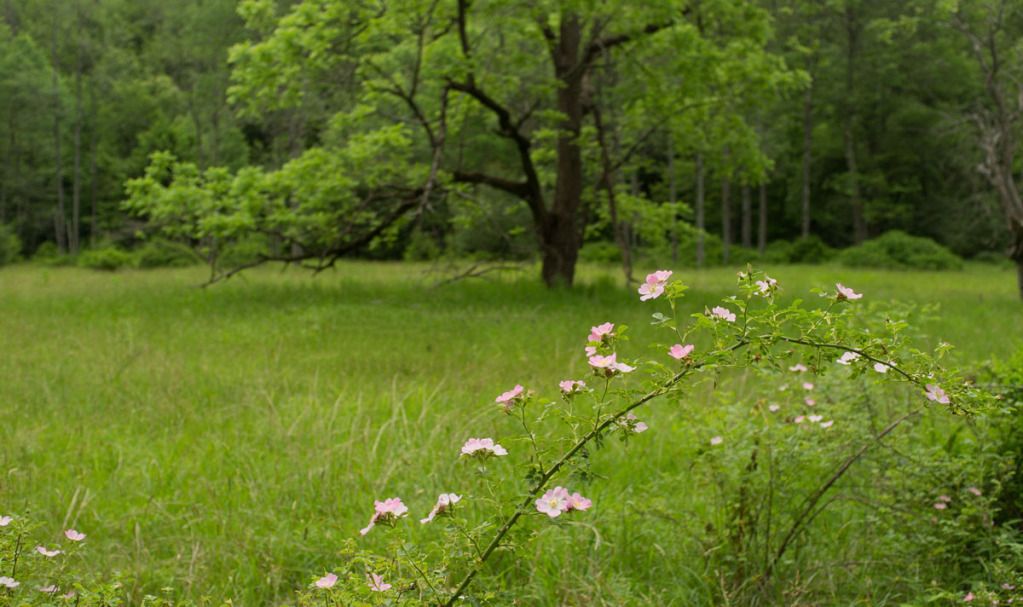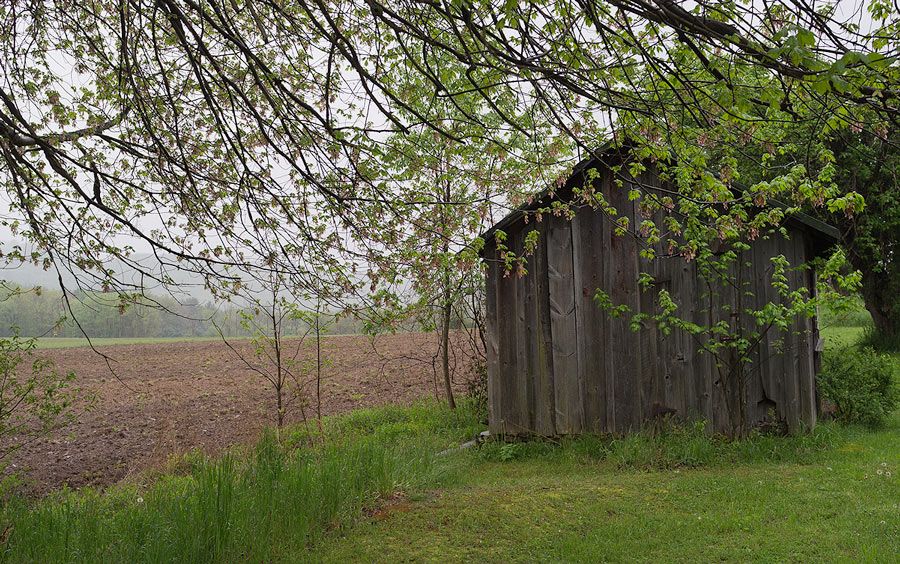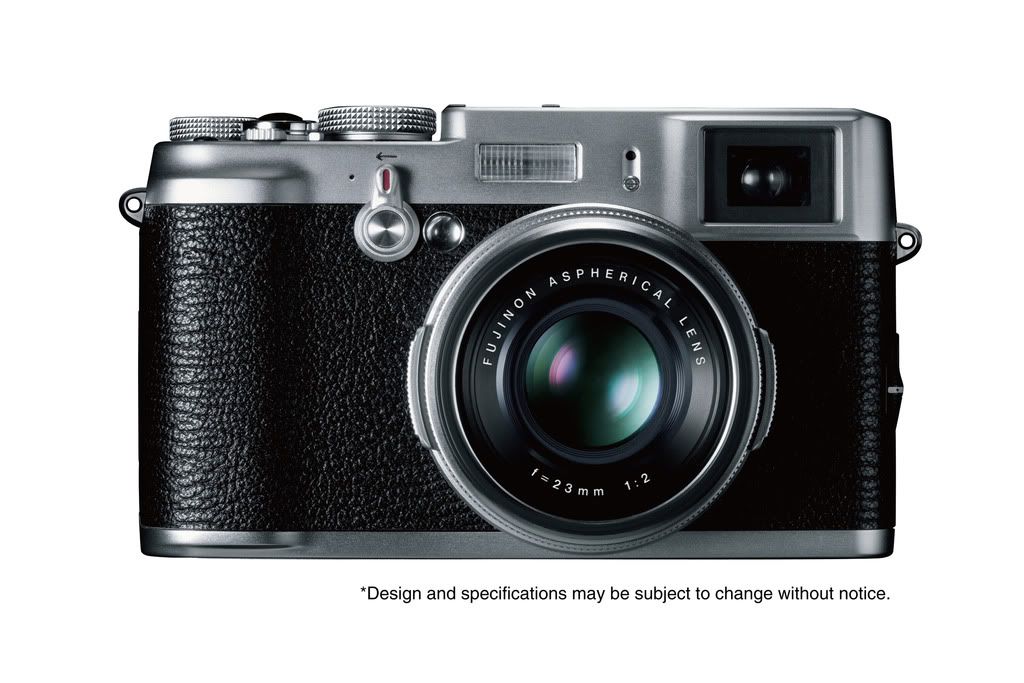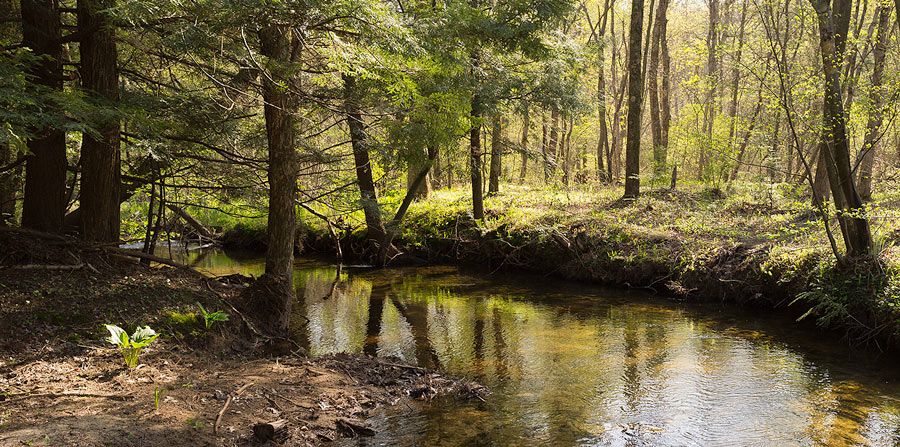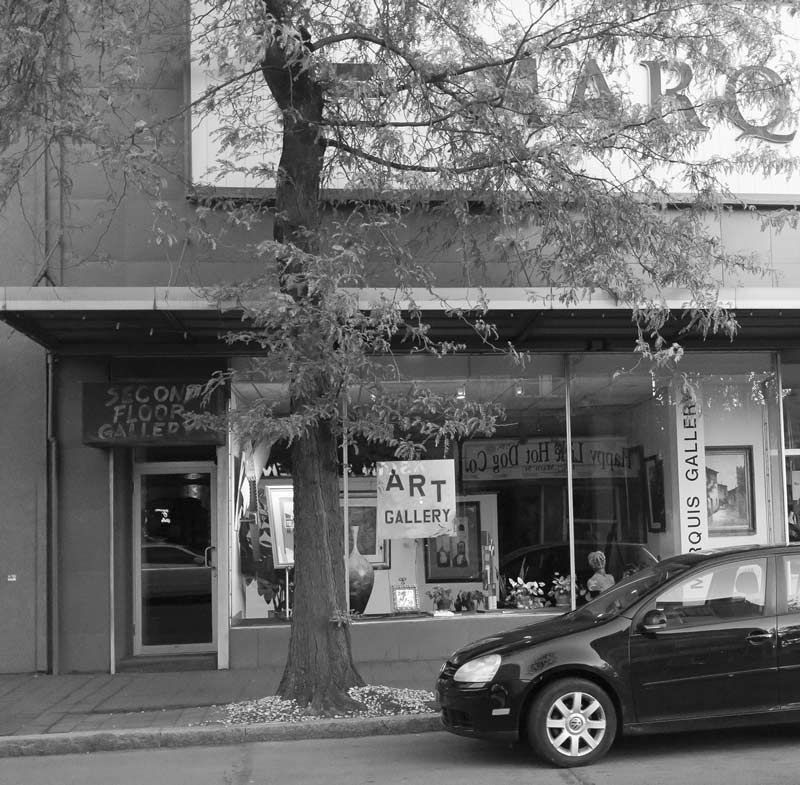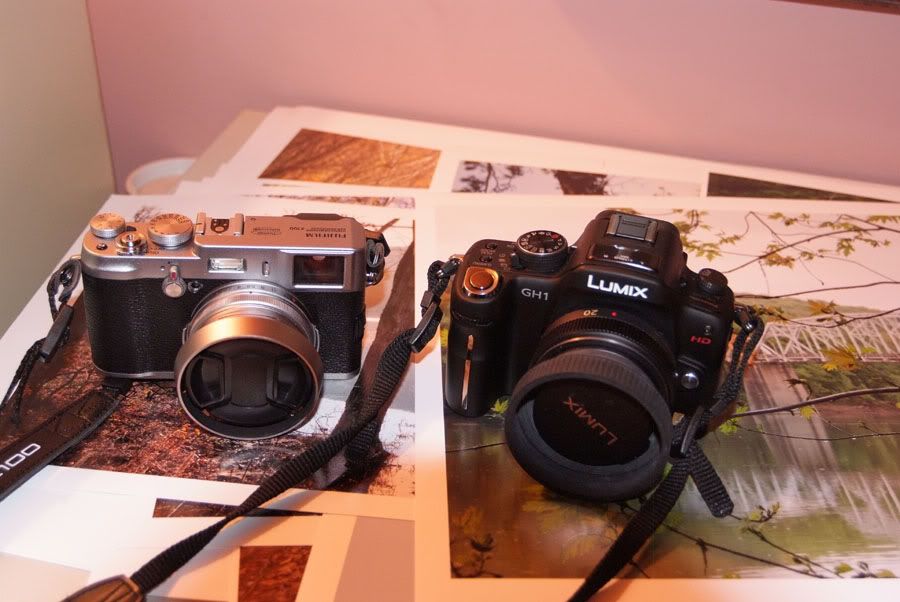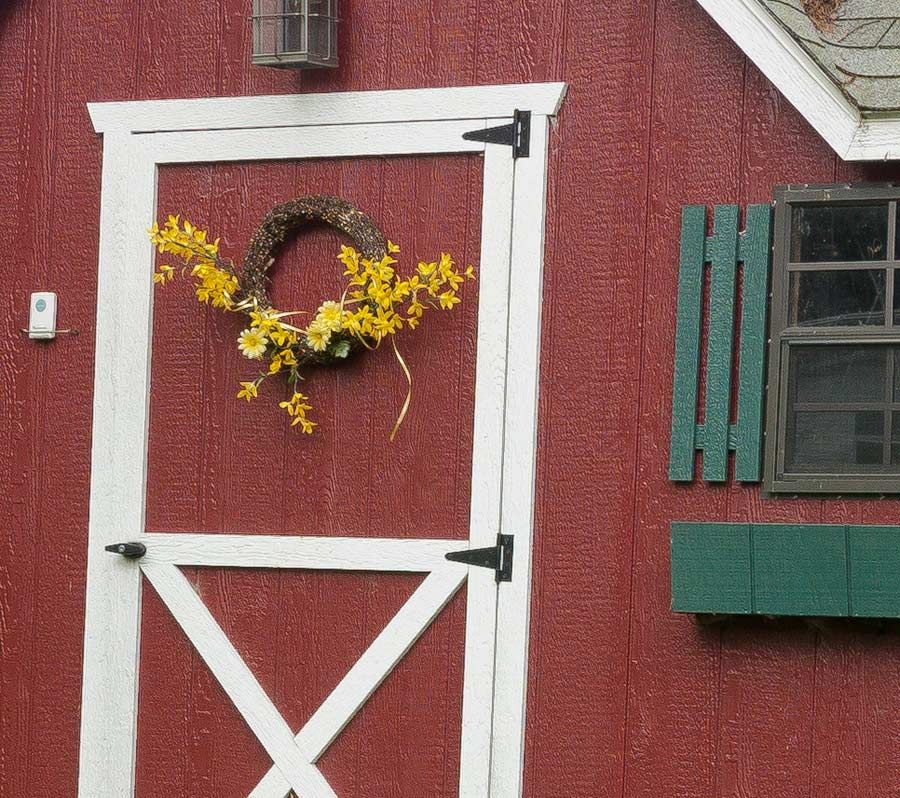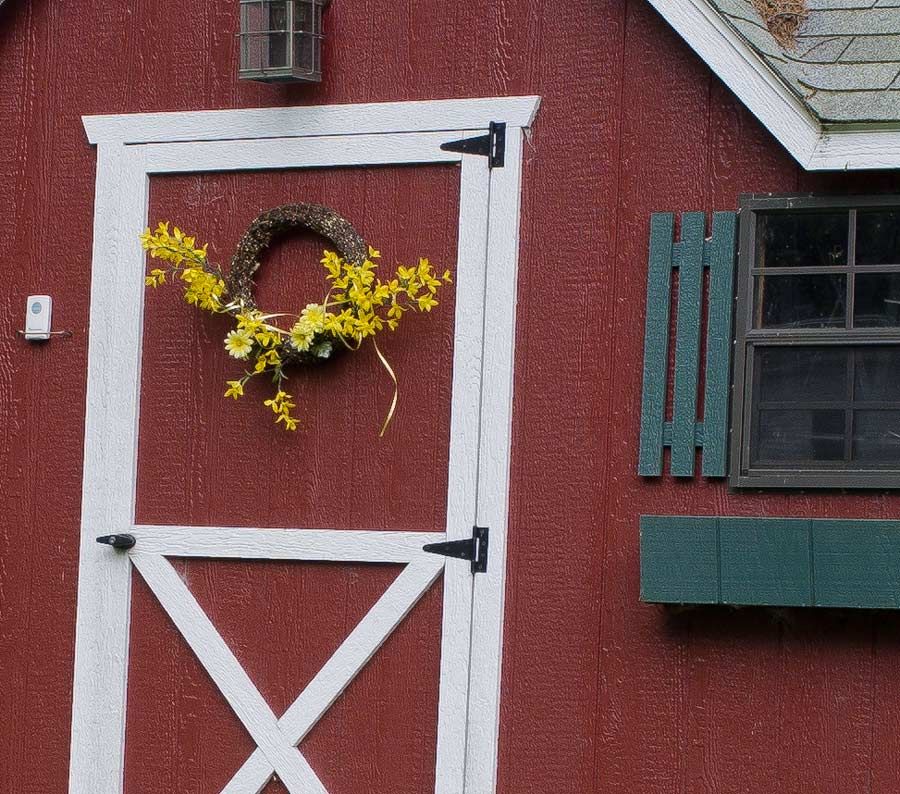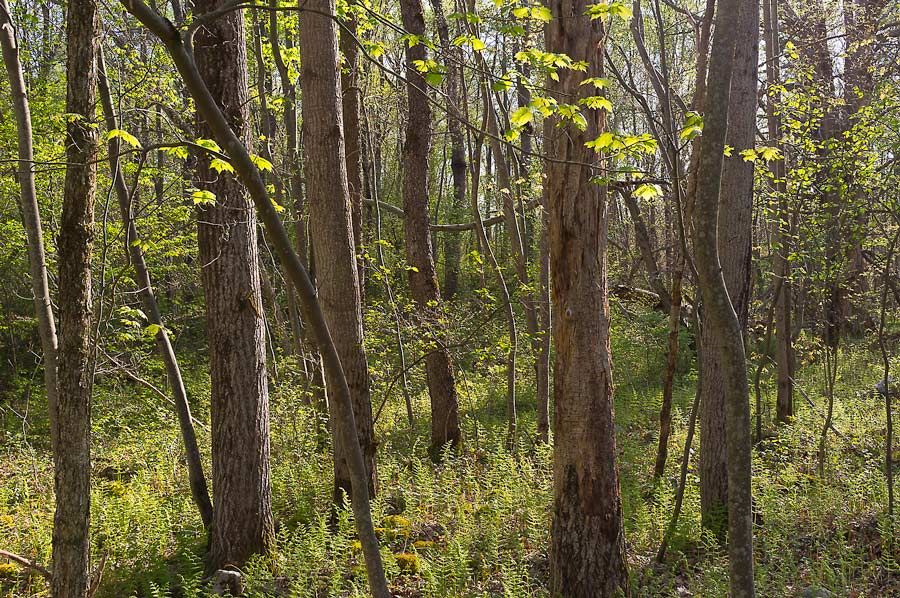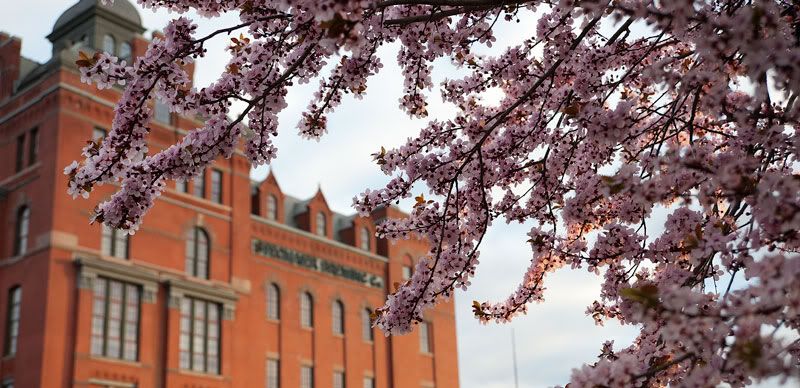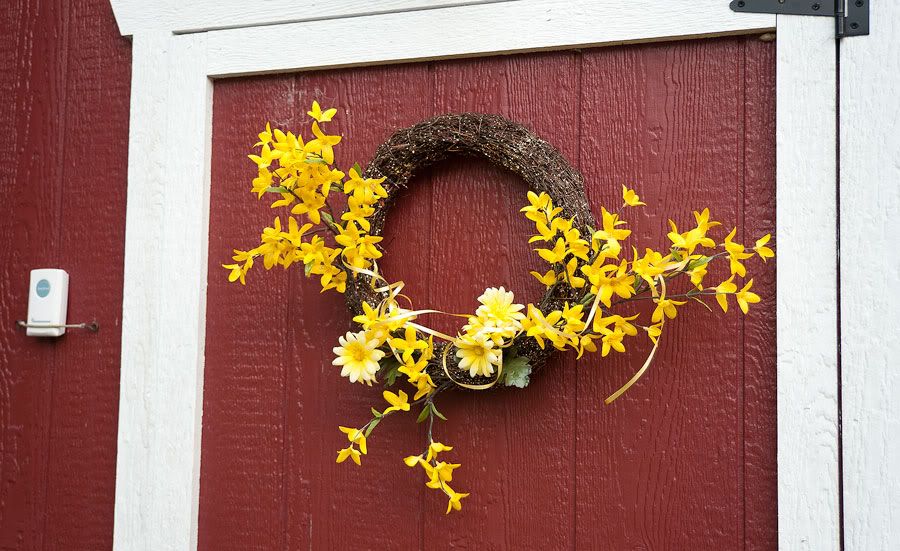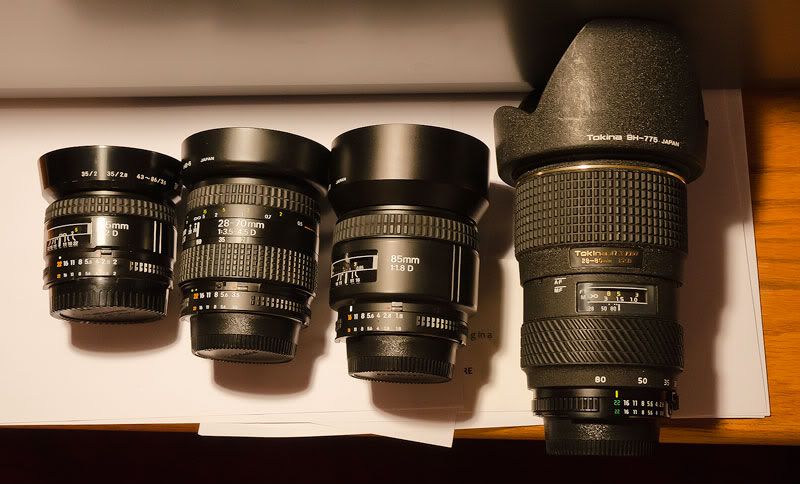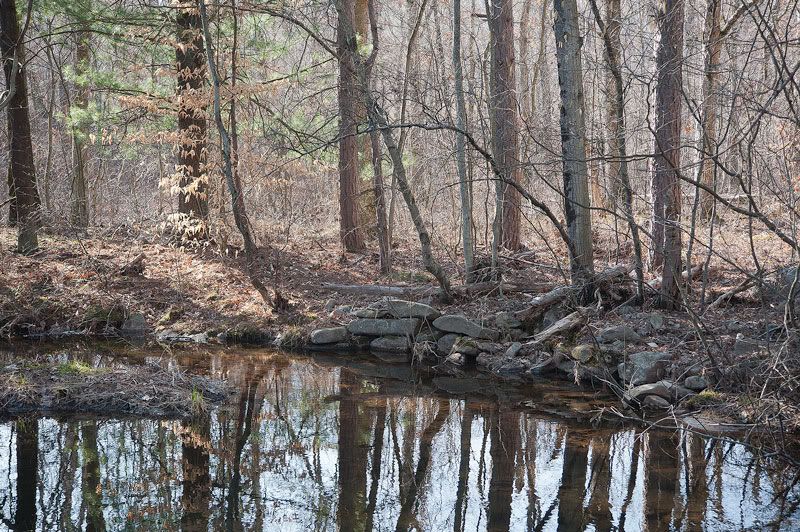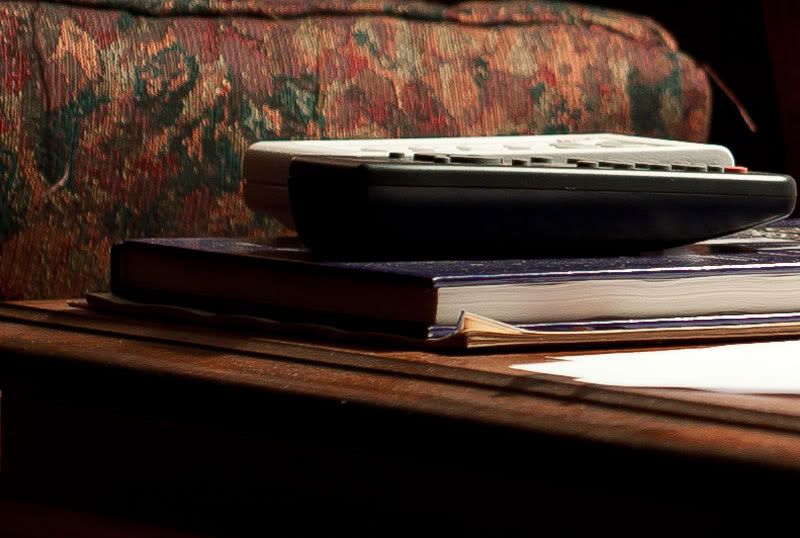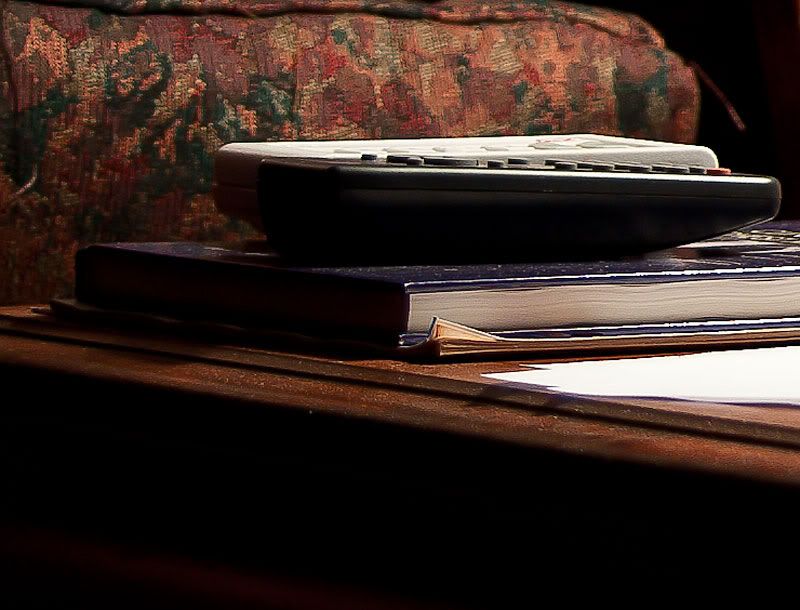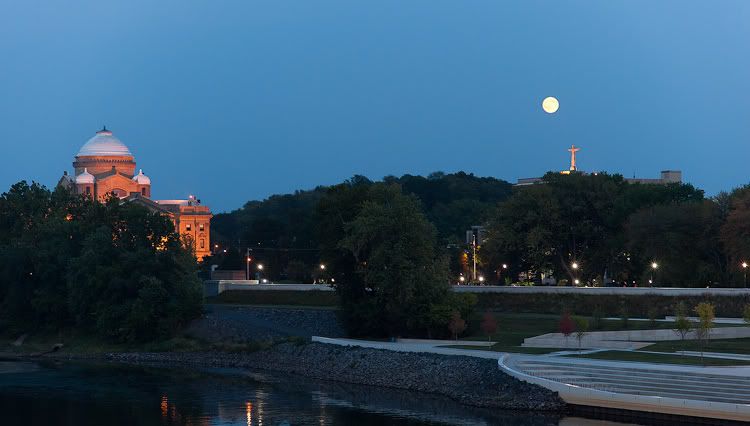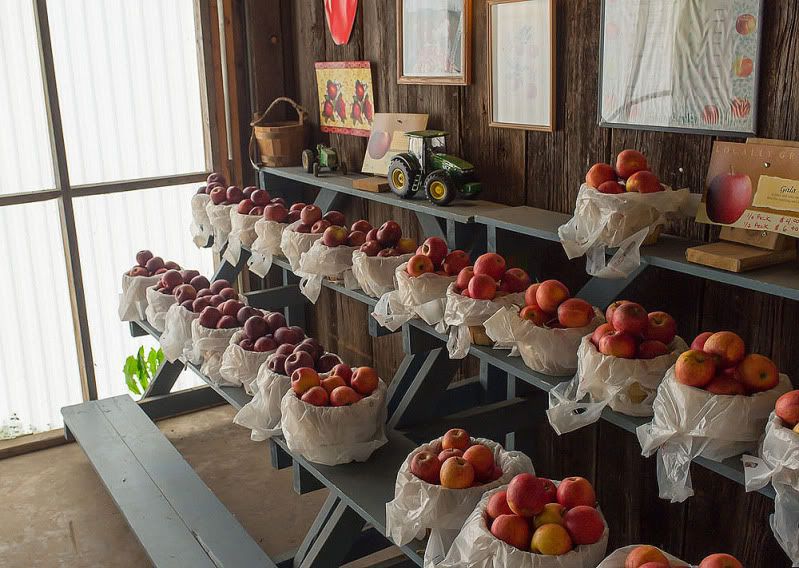
Apples For Sale, Grassy Ridge
Once again as the holidays approach, it’s my pleasure to announce the new for 2013 Allied Rehab/John Heinz calendar, published each year to benefit the pediatric programs at those institutions.
Once again and is my privilege to provide the landscape photography, which depicts places and seasons from throughout the Allied Rehab service area in Northeastern Pennsylvania.
The system’s pediatric programs provide services to children, starting in the very early age, and often extending until they reach their teens. They provide assistance to children with a variety of conditions. Though medical insurance is accepted by the program, those with an inability to pay are provided care for little to no cost.
The printed calendar depicts not only local scenery, but something more precious, the images of those children served by the employees and staff of Allied Rehabilitation.
It can be purchased at the Allied Services Website, or at any Allied Services facility throughout Northeastern Pennsylvania.
FRONT COVER: One Last Maple Leaf

One Last Maple Leaf
In the highlands of eastern Pennsylvania, the first fall of snow often occurs in late October or early November before the trees have completely shed their leaves. I shot this particular image in my neighborhood, in the beginning of what became a fairly substantial snowfall just prior to Halloween. I was struck by the contrast of the brightly colored maple leaves, in comparison to the somewhat drab appearing hemlock branches in the background. It mimics a style of photography where one starts with a color image, then selects a particularly colorful object in the image, and then converts the rest of the image to black and white.
In this case nature did the work for me.
JANUARY: The Sleigh Ride
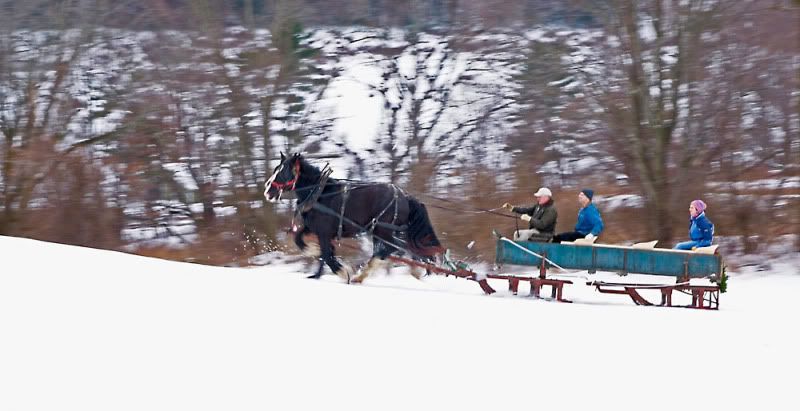
The Sleigh Ride
Once again the Lands at Hillside serves as a setting for a calendar image. The Lands at Hillside is a non-for-profit organization whose mission it is to preserve several old historic farms in our region. They maintain the properties as a dairy operation, preserving traditional methods of farming and avoiding processed feeds, and hormone augmentation of the dairy herd.
I remember that morning several winters ago, when I was invited to the farm to witness the first use of an old sledge acquired by the farm. My friend Will, who handled driving duties, at one point got the rig moving at a pretty good clip, an event which I was happy to photograph. It was a marvelous day, and a joy to experience this wonderful traditional form of winter transportation.
FEBRUARY: Winter Fun at Lake Silkworth
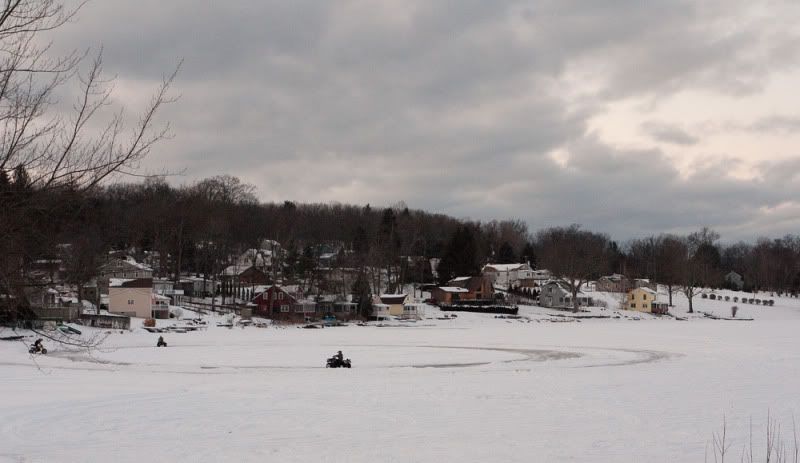
Winter Fun at Lake Silkworth
I remember driving home, as I recall, from Ricketts Glen State Park down route 29 through the village of Lake Silkworth on a cold winters evening when, out of the corner of my eye, I noticed this scene . Several people had taken to riding their ATV’s in a circular track on the snow-covered lake, as if racing for some imaginary trophy. I watched for a time, and then realized that there might be a photograph in it after all. I grabbed my Panasonic G1 which was sitting next to me on the seat, found a good vantage point, and shot several images one of which you see here. I’m not sure it’s most aesthetic image in the calendar this year, but I enjoy this depiction of people finding joy in the winter, when the cold and snow cuts off the summer pleasures of lake living.
MARCH: The Statue of Liberty
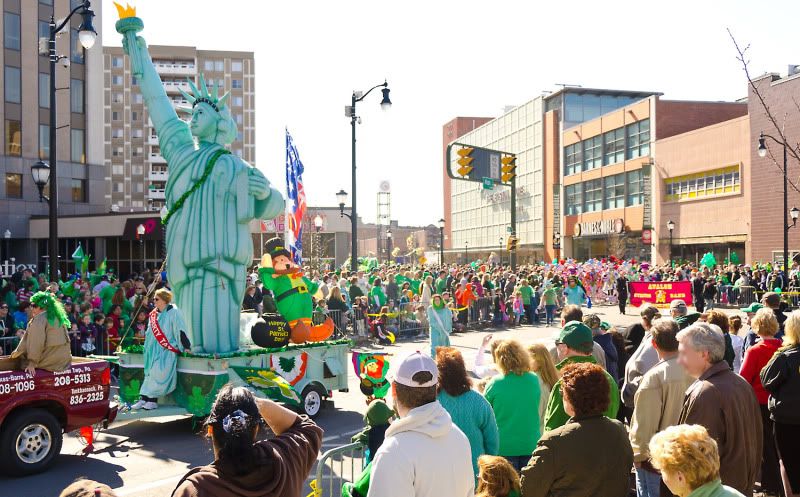
Statue of Liberty
The Sunday prior to Saint Patrick’s Day has become a joyful celebration in downtown Wilkes-Barre, and a wonderful landmark to denote the coming of spring.
I know, I know… Scranton has the third biggest Saint Patrick’s Day parade in the nation, dwarfing the celebration held in Wilkes-Barre. But I like underdogs.
I’ve been going to the Wilkes-Barre event for probably 20 years now. In the beginning it consisted of about 200 of my fellow Irishman watching a 15 minute parade of fire and garbage trucks, and a few modest floats, before repairing to the pub for a pint of Guinness. It is now grown to a wildly successful event with crowds all throughout the parade route; enjoying the many new bars restaurants and shops in the revitalized downtown. In fact there’s a part of me that somewhat wistful for the old event, which was held on Saturday in direct competition with the parade in Scranton. Changing it to the Sunday afterward increased the availability of parade participants and spectators alike. And because most people work the following day, the crowd tends to remain “family friendly”. With its success, there are new issues. It’s now hard to park in Wilkes-Barre on parade day. Even worse, it can be a struggle to find open bar space to enjoy that Guinness, once the parade has ended (and it goes on a long time now). Still I’m delighted with the success of the event and look forward to photographing it every year.
APRIL: The Daffodil

The Daffodil
Sometimes simple subjects are the best. I was walking in a neighborhood the Clarks Summit region when I noticed what I suspected was one of the first daffodils to emerge from the warming soils of spring. I chose to shoot it from the rear of the bloom, a somewhat unconventional depiction of the blossom. I shot it with a long lens and a wide aperture, in the hope of blurring the pine tree in the background in a pleasant way. It seems to work, as our committee were fairly unanimous in their selection of the image to represent the month of April.
MAY: The Bridge at West Nanticoke
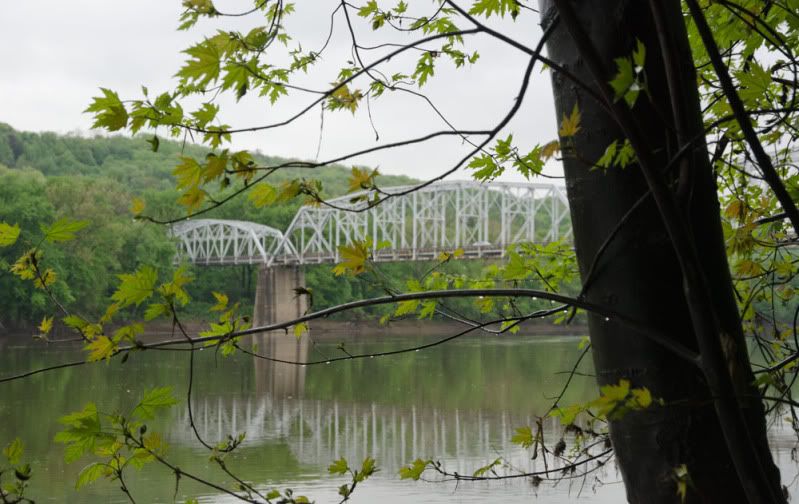
Bridge at West Nantikoke
As I’ve discussed before, when one wishes to find early or late scenery with our four season climate, and mountainous terrain, it is often useful to go down to the river where spring starts early, and fall finishes late.
On this cool rainy day, I was exploring in the area of an old railroad trestle on the Susquehanna River at Nanticoke. This scene, with the newly emerged, rain dampened maple leaves in the foreground, and the bridge in the background seemed interesting, and I shot several angles on it. It is typical of early to mid May and our region, with the foliage emerging, but the climate seemingly reluctant to let go of the chill of early spring , and to embrace the warmth of summer.
JUNE: Dragon Boats
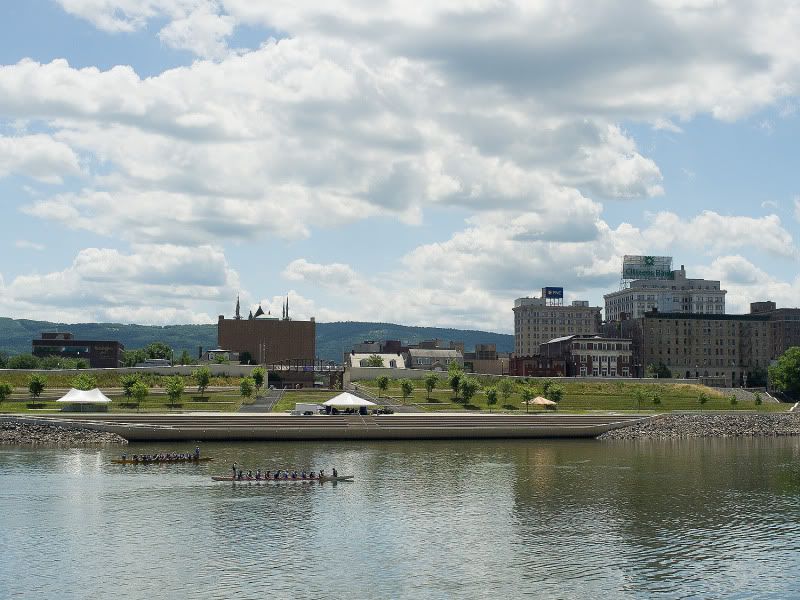
Dragon Boats
One of the underappreciated assets of the region is the Susquehanna River which meanders through the Wyoming Valley. I often think the region has a modest psychological aversion to the Susquehanna, based on a variety of factors, including the local sense that it is somewhat polluted, its propensity to flood and cause great damage, and the need for physical barrier (dikes) between the city and the river because of this propensity. I think that the refurbished dike system, with its portals that improve access to the river, are beginning to allow us to exploit this wonderful resource. There is much it has to offer. One only has to spend time in other cities such as Boston or Philadelphia to realize the river is a potentially great recreational resource.
I think it’s wonderful that in June of every year (unless the river is over its banks); the region celebrates the Susquehanna with a Riverfest which is headquartered at Nesbitt Park. There are a variety of activities including a kayak and canoe trip between Pittston in Wilkes-Barre. There are food vendors, and educational exhibits largely involving the environment.
One interesting event is the dragon boat race, where local businesses assemble teams and compete with each other in a paddling race. I shot this image during a practice session. I know at least one of the teams pictured is composed of members of the Times Leader staff.
In many ways, the Susquehanna River is the very reason for the existence of Wilkes-Barre and the other towns up and down the Wyoming Valley. I am glad that we have begun to celebrate its existence.
JULY: A House in Moscow
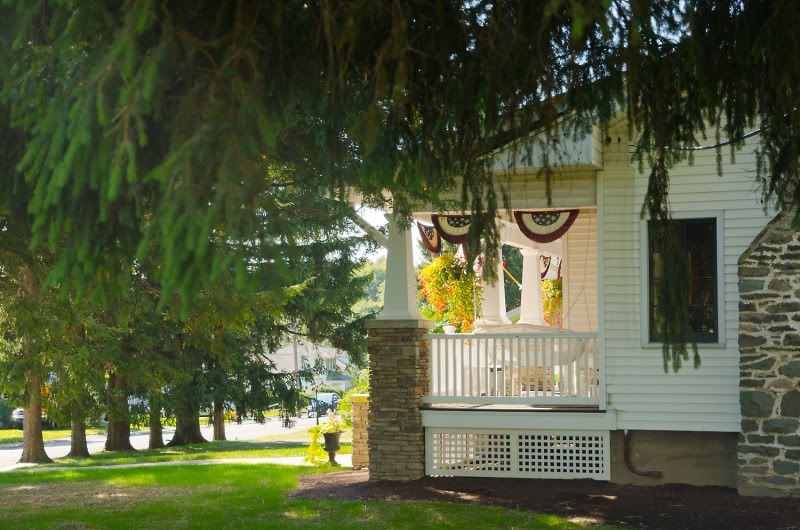
A House in Moscow
This is a simple image, but I think it conveys a pleasant sense about small town living in northeastern Pennsylvania. I shot it on a Sunday morning in July, sometime late in the month. To me there is something quite charming about this home. I love the beautiful stone chimney, the patriotic bunting, and the open porch, which in particular, is so much a part of the tradition of small town life. . The morning light is important to this image, trans illuminating the flowers, the shrubbery, and the decorations.
AUGUST: Scranton Skyline

Scranton Skyline
I spent a good portion of my life in and around Scranton. I went to college there, met and wooed my lovely wife there, and visited my in-laws over many holidays and summer breaks. I really like the town.
It is much different from Wilkes-Barre, where I now spend most of my time. It feels like a bigger city with a larger grid of downtown streets, and a lively tavern and restaurant community.
I was walking on the square one late August day this year, when I encountered a reception for the freshman class of the University of Scranton, my alma mater. It was being held on one of the grassy areas adjacent to the courthouse, with upperclassmen, dressed in “U of S” tee shirts mingling among the crowd. Tables and tents were festooned with purple and white balloons, and I took several images of the event. Afterwards I continued my walk, and this view of the skyline caught my eye. When I returned home and began to edit the photos, I was unhappy with the images I had taken up the reception, but was happy with this photo and its depiction of some of the iconic features of the Scranton skyline.
SEPTEMBER: Garden at Moosic Lake

Garden at Moosic Lake
Labor Day always seems slightly sad. Even if it is a glorious summer day as it often is, it tends to denote the end of the cultural(if not the meteorological) season of summer. The children will soon be back in school (if they are not already) and I believe that we adults lose a sense of empathic joy that we feel as we watch our children and grandchildren enjoy the summer vacation much as we once did.
There’s a temptation on Labor Day, to pull in the dock, and stow away the canoes, and to pack away the outdoor furniture. We begin to retract our lives back into our homes in anticipation of the fall and winter. Yet I am convinced that September to mid October are the loveliest months to be enjoying the outdoors, with cool, but comfortable temperatures, increasingly colorful foliage, and a dwindling insect population. A patio fire pit, which can be out-of-place on warm summer nights, can be a great comfort and joy on cool fall evening.
If we let Labor Day stand for the end of summer, then we risk missing the best part of the outdoor season.
OCTOBER: Pumpkin Patch at Grassy Ridge
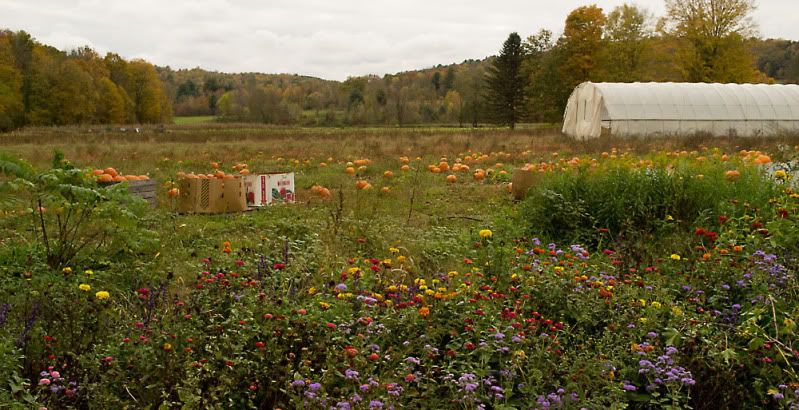
Pumpkin Patch at Grassy Ridge
Obviously, the foliage season in the fall, offers a wealth of opportunity for landscape photographers. This image of a pumpkin patch was captured in Noxen, on a beautiful October day this year. I came upon the Grassy Ridge farm stand on the corner of routes 309 and 29, and asked permission to photograph the premises. The owners were very gracious, and I spent about 45 minutes at the location acquiring a variety of photographs, including the one you see above, and the image and apple baskets gracing the back cover. I shot the image with my Fuji film X100, a compact camera that allowed me to be inconspicuous, among the families enjoying a fall outing on that beautiful day.
NOVEMBER: November Corn
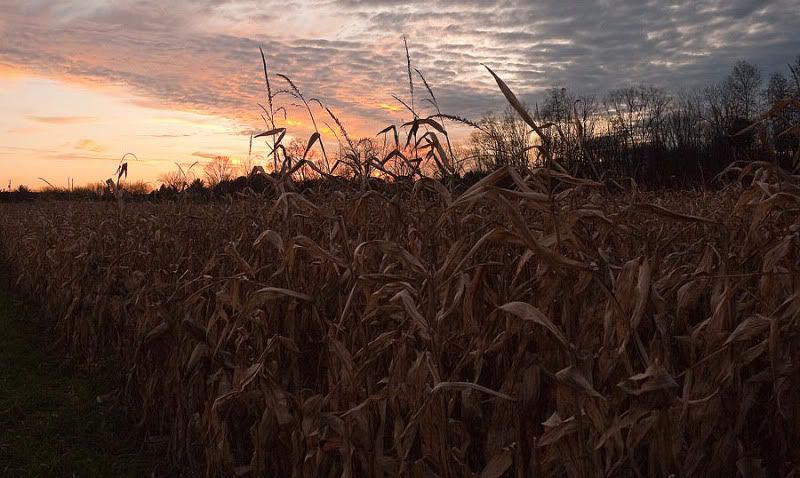
November Corn
This image was acquired on a late fall evening in NewtonTownship. The sun had just set, and the crisp fall later was rapidly growing colder. I remember shivering slightly as I set up a tripod to make sure the image would be sharp despite the fading light.
In this image (which was featured in another article on this site) I took advantage of the vivid sunsets one sees in the late fall and winter which I understand are due to the decreasing moisture content in the air as the atmosphere cools.
DECEMBER: The Kirby House at Christmas
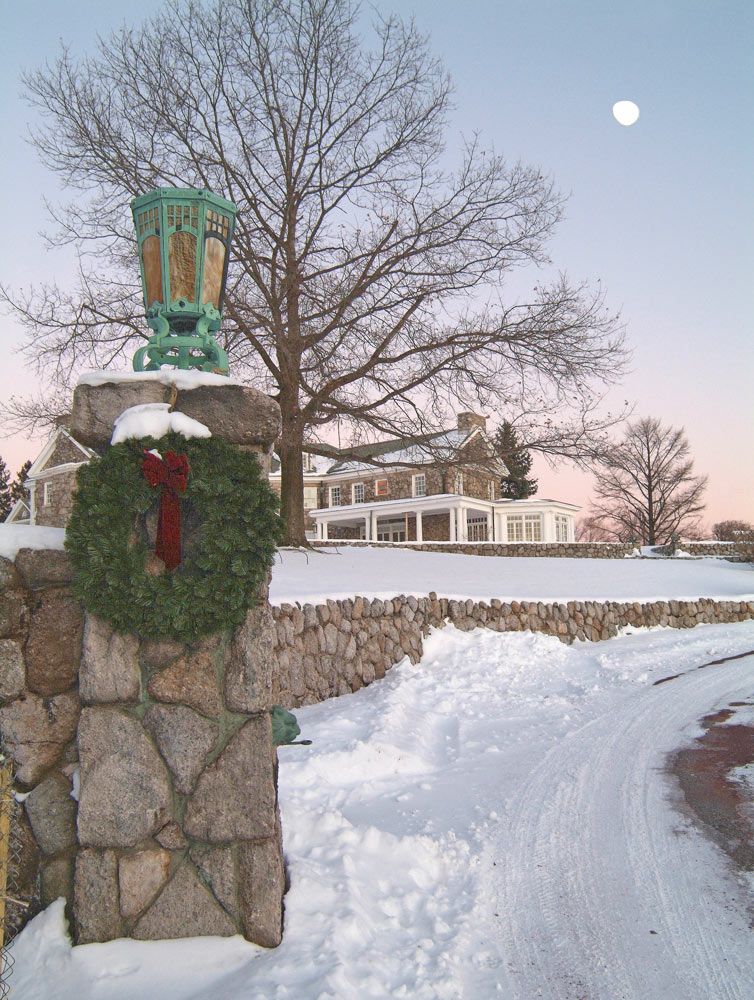
The Kirby House at Christmas
The Kirby Episcopal house is a local landmark that I am proud to say, is part of the community of Glen Summit where I reside. It is a gorgeous estate, originally built in the early 20th century, by the Kirby family (the founders of Woolworth’s chain). The main house is constructed of stone said to have been acquired from the Susquehanna River in the valley. The gorgeous interior has been lovingly maintained and looks much the same as it would have when the Kirbys were in residence over the summer months.
There are multiple buildings on the property, with tennis courts, a swimming pool and beautiful, ornate oriental gardens that often draw wedding parties looking for a place to capture post nuptial images.
It was a summer home for the Kirby family, until they donated it in the 1950s to the Episcopal diocese of Bethlehem. It is now run it as a conference center, and is offered for use at a modest fee to nonprofit organizations. It is busy throughout the summer months.
JANUARY 2014: Winter Scene, Butler Valley
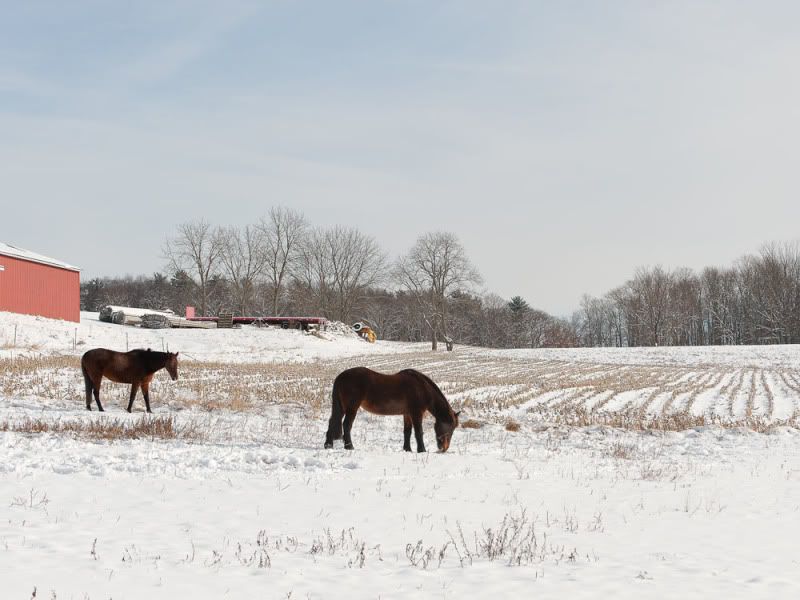
Winter Scene, Butler Valley
I was driving in southern Luzerne County on a sunny January morning in 2011. As usual I had several cameras on the front passenger seat of my car. There had been snow over the last 24 hours, putting an end to the drab brown winter landscape that had existed prior.
I spotted these two beautiful animals before they spotted me. I grabbed my D700, on which was mounted a 70-200 mm lens. I got out of the car, and used a nearby fence post as a sort of makeshift monopod, to steady the long lens. The longer focal length allowed me to take several “candid” images before they sensed my presence and moved toward me out of curiosity.
